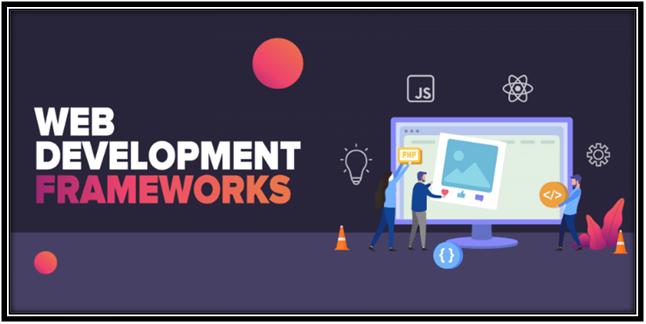
Five of the best Python web frameworks
Python is currently the fastest-growing programming language on the market. It’s nearly impossible to find a programming language as capable as Python when it comes to web development. An incredibly clear, easy-to-learn, and continually evolving environment is available here. Useful when paired with the right Python frameworks.
In the course of a brief introduction, it is worthwhile to define what a framework is. In a nutshell, this is the beginning of the process of creating applications. A set of components and general-purpose libraries are provided to accomplish certain tasks, defining the application’s structure and overarching method of operation.
What if Python is so awesome that you don’t need a framework at all?
Software development can be expedited by using a framework. According to ghostwriter services companies the right framework for your project will aid you by delivering functioning modules that have previously been tested and are ready to use. You can actually use pre-built modules in Python frameworks rather than writing your own every time.
Do you think of Lego blocks in the same way?
Why start a new project with shaky, unkempt building blocks when you can get your hands on checked and well-developed blocks?
the five most widely used and effective frameworks, of course opens with jQuery.
Django
Django is used by some of the world’s greatest corporations, whose websites attract millions of visitors each day. Since no other framework has been tested on such a large scale, it is likely the only one. Fast development and clean and pragmatic design are also encouraged by the Django framework. Front-end developers were not ignored in the development of this framework.
Consequently, it is simple to understand and use the library as a whole. You don’t have to reinvent the wheel if your project revolves around web applications. Django has recently been adopted by a huge number of Fintech businesses due to its proven reliability and security.
Flask
Using this framework, small projects, programs, and the like can be developed quickly. At its core, Flask is an implementation of the Jinja2 template engine. It’s easy to get started with dynamic web applications thanks to this method. Flask is mostly employed in the construction of open-ended applications and web servers.
Flask will work properly if your service is used less than once every few seconds.
A alternative framework may make more sense for projects that require many requests.
CherryPy
CherryPy is both a web development framework and a web server in one. It’s simple, effective, and doesn’t require a lot of time or effort to get started. If you want to use MVC, this isn’t the framework for you. TurboGears is the bigger framework that CherryPy is a part of. On the other hand, CherryPy is viewed as a project that isn’t widely used in the real world by the environment.
When it comes to building web apps, CherryPy is much like any other object-oriented Python software. A smaller source code can be developed in a shorter period of time as a result.
Tornado
To meet the demands of FriendFeed, the Tornado Python web framework was created, allowing for a large number of open connections at once. Because of the technology, you may construct “real-time” web applications in which the user is notified of new information as soon as it is made available on the servers. In contrast to the Flask framework, Tornado can manage thousands of simultaneous connections. Since Zalando and Facebook receive millions of searches each second, they employ this python-based website template.
Pyramid
It’s one of the top three frameworks for building web apps. Django and Flask are in the same class as it. The primary goal of Pyramid is to accomplish as much as possible with the least amount of effort. As a full-stack framework, Pyramid is capable of handling both small and large projects with ease. In comparison to Django, Pyramid offers a lot more flexibility and demands a bit more knowledge on the part of the coder. As a result, using this framework may be more difficult in the beginning, but it will pay off in the long run.
Wrap-up
There are a plethora of elements to consider while choosing a Python framework for a project.
The tastes and experience of the programmer, the specificity of the project, and the overall long-term purpose of the project are all factors to consider. There may be some issues if the Python frameworks are changed, therefore it is worth looking at the options. Trust the experts instead of doing it on your own. The wrong choice of framework can lead to significant losses in terms of both money and time.
Author Bio
This is Hazel from USA she is a professional book writer and book editor. She has been working for ghostwriter services company for the last 4 years. She has written many books on various topics she loves to work on challenging environment.
WordPress Development | WordPress Theme Development | PSD To WordPress

